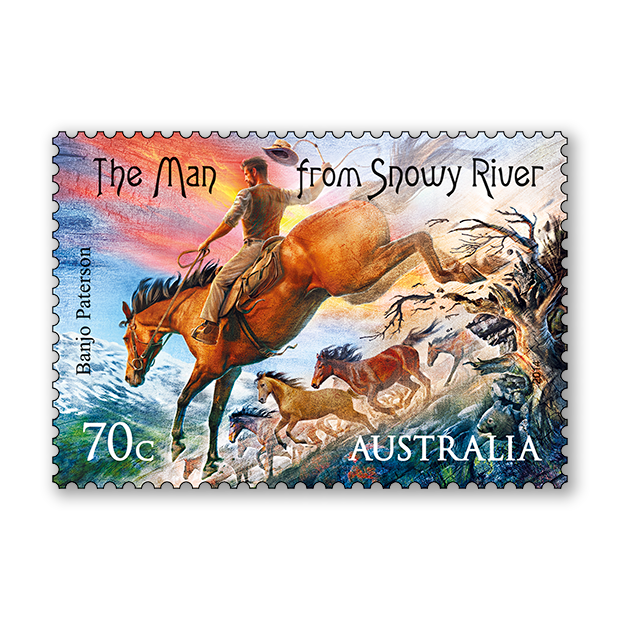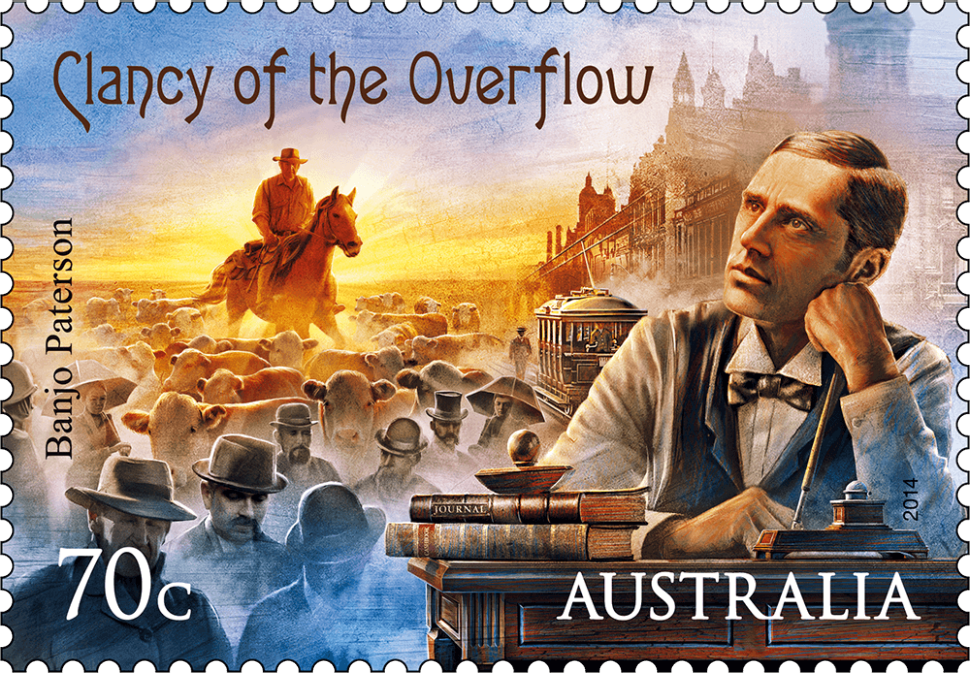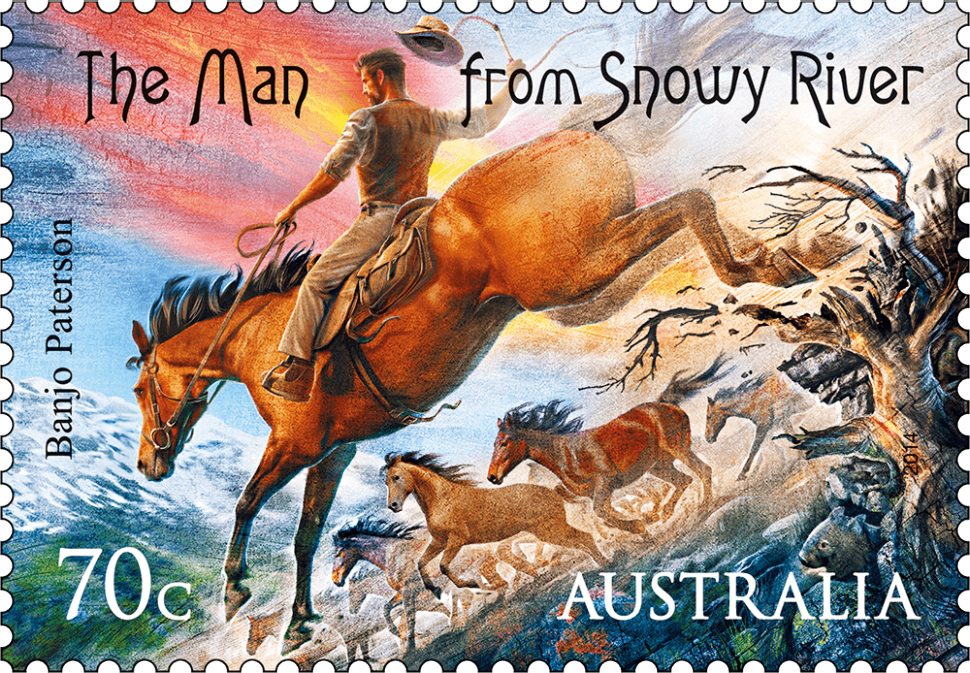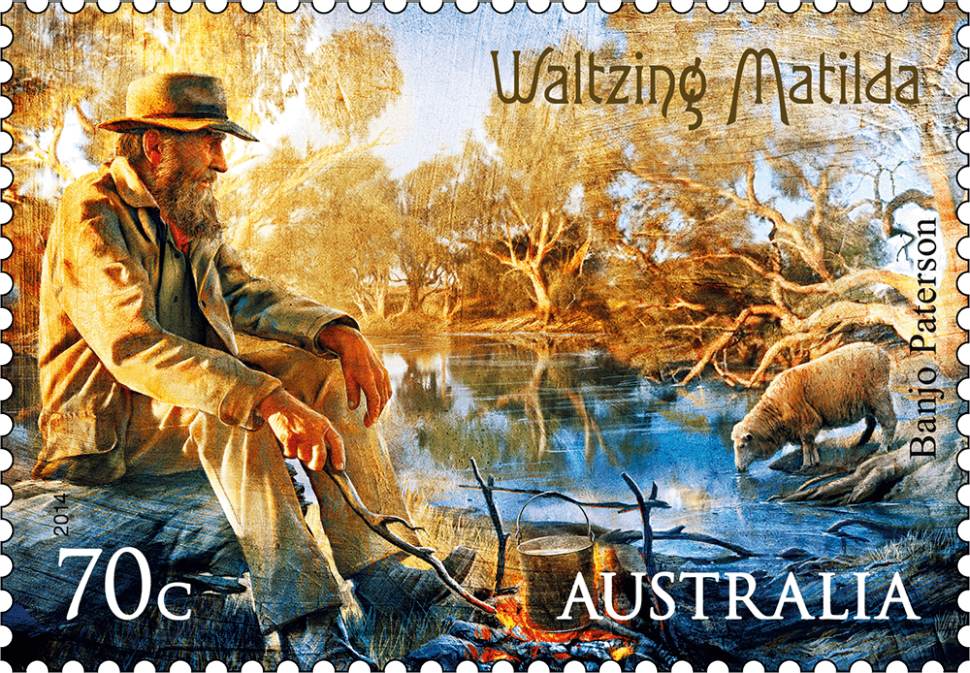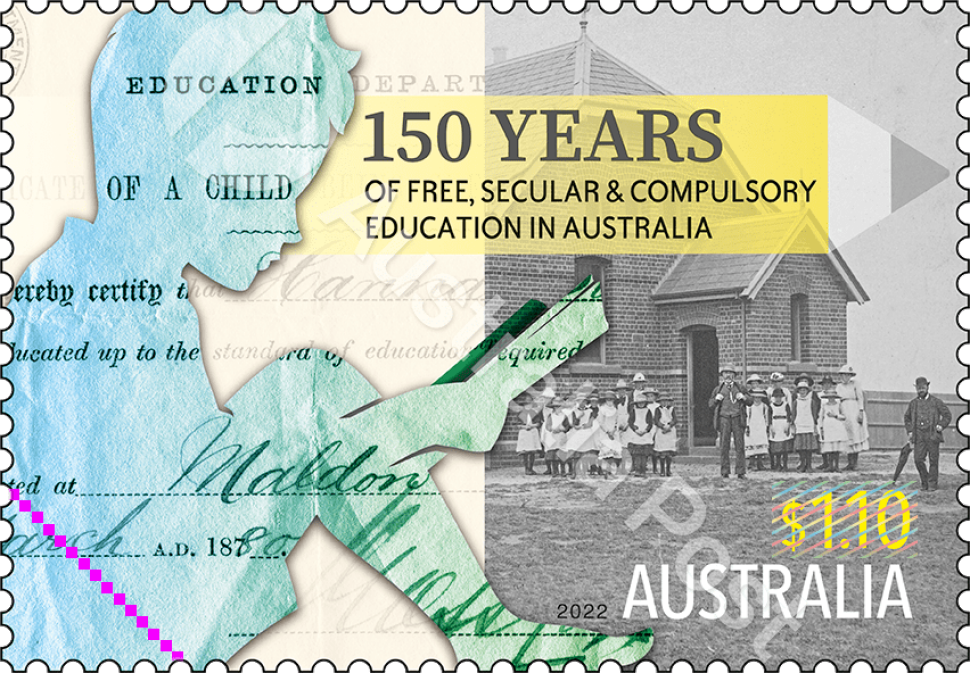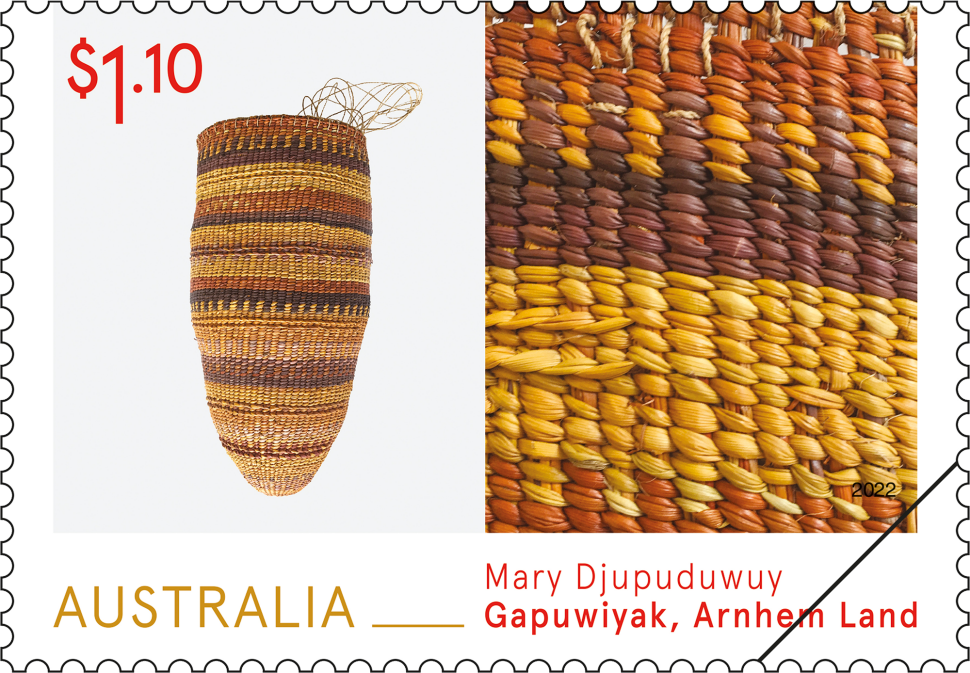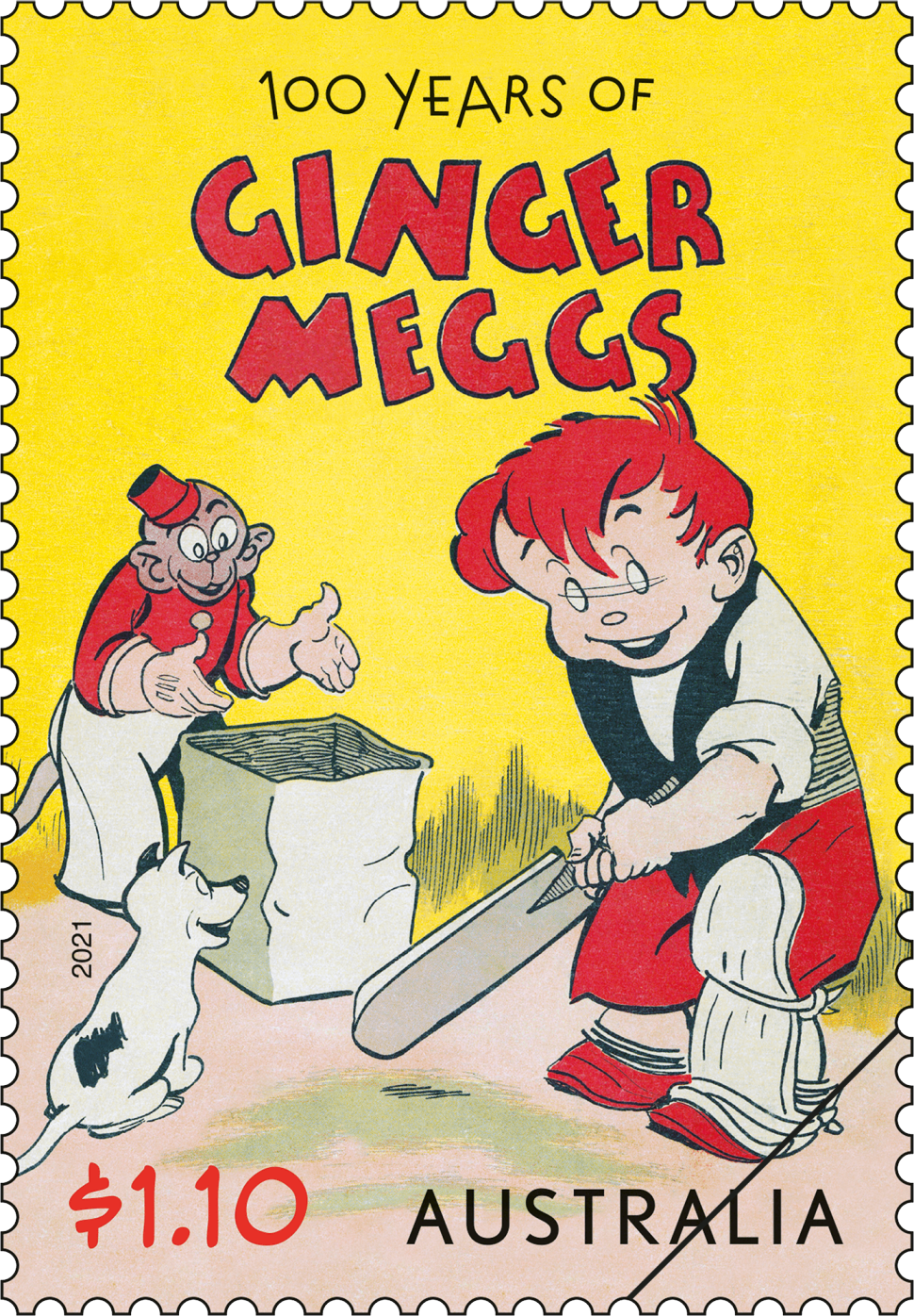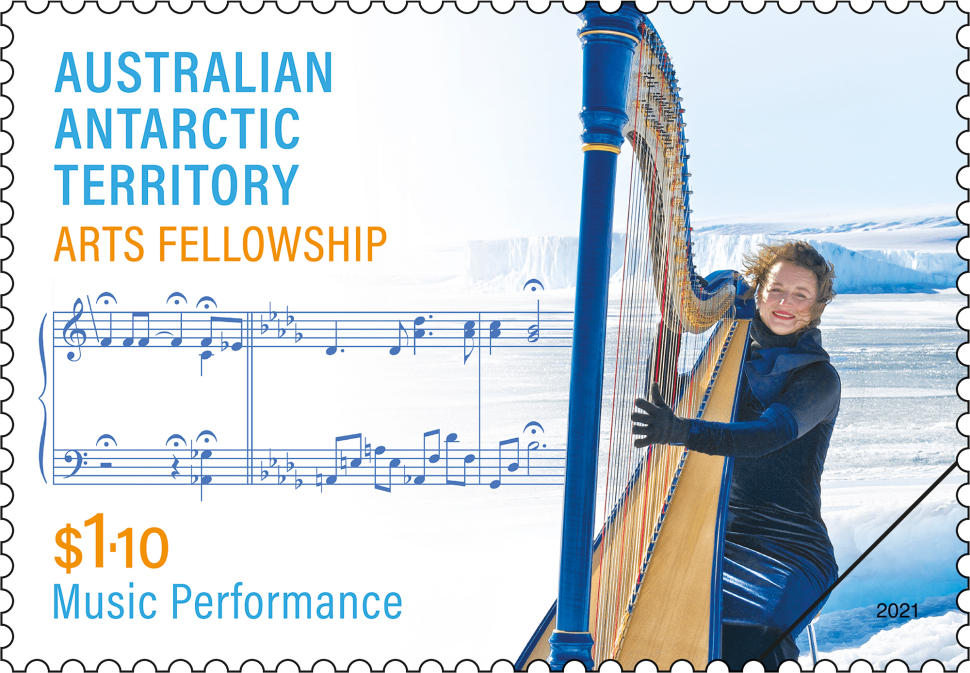The bush ballad is a thread of Australia’s early literary and popular tradition. It is a rhyming, narrative-based poem adapted for singing. Bush ballads arose from everyday rhymesters setting their words to folk tunes. The form was likely brought to Australia by Irish and English migrants, whose home countries had had versions of the verse tradition for centuries. Bush ballads were thought to be an authentic expression of Australian rural identity, though some also claim that Aboriginal content, where it occurs, is the only unique aspect of Australian ballads. Yet certainly balladists shaped their poems to an Australian setting and cultural context.
The lyrics of Australian ballads are generally simple stories of swagmen, bushrangers, drovers, shearers, working-class oppression and rural isolation, although some extend to war, drought and flooding. The narratives romanticise their characters and settings, and during the heyday of the bush ballad they helped create a mythology of Australia and Australian identity. Although often sentimental and nationalist, many ballads were also humorous and entertaining in tone and content.
The glory years of the bush ballad were during the late 19th and early 20th centuries, when nationalist sentiment was flourishing. The publication of serials such as the Bulletin and Lone Hand were significant in developing and circulating this popular verse form in Australia. Some of Australia’s most well-known balladeers are Adam Lindsay Gordon, Henry Lawson, C.J. Dennis and, of course, Banjo Paterson.
Andrew Barton “Banjo” Paterson (1864–1941) is perhaps our most renowned folk poet. Paterson was born on “Narrambla” station (near Orange) and spent much of his childhood at “Illalong” (near Yass), these early years founding his love of and respect for bush life, which became a key theme of his writing.
The stamps depict four of Banjo Paterson’s well-known poems: one a political allegory, two in a romantic bush-life vein and one demonstrating his clever humour. Artists Jamie and Leanne Tufrey have interpreted the poems to create a signature image for each.
Products released in this issue
- Stamps 4 x 70c
- Covers (blank pictorial, gummed, minisheet and self-adhesive)
- Stamp pack
- Maxicard
- Postal numismatic cover
- Stamps and medallion cover
- Prestige booklet
- Booklet of 10
- Chequebook of 20 x 10
- Roll of 100
- Collector pack
- Strip of four
- Gutter strip with design
Technical specifications
- Issue date
- 13 May 2014
- Issue withdrawal date
- 30 November 2014
- Denominations
- 4 x 70c
- Stamp design
- Jamie and Leanne Tufrey
- Product design
- John White, Australia Post Design Studio
- Illustrator
- James and Leanne Tufrey
- Paper - gummed
- Tullis Russell
- Printer - gummed
- McKellar Reown
- Paper self-adhesive
- B90
- Printer self-adhesive
- McKellar Renown
- Printer - rolls
- Pemara
- Printing process
- Lithography
- Stamp size
- 37.5mm x 26mm
- Perforations
- 13.86 x 14.60
- Sheet layout
- Module of 50 (BL$). Printed gutter
- FDI postmark
- Yass, NSW 2582
- FDI withdrawal date
- 11 June 2014
In this well-known poem, published in the Bulletin in December 1889, demonstrates Paterson’s romanticism for bush life, and perhaps his ambivalence to a career, then practising law, that tied him to desk and city.
The poem apparently originates from a lived experience, in which Paterson was asked (as a lawyer) to write to a man named Thomas Clancy to claim unpaid monies; the letter was addressed to Clancy at a sheep station called “The Overflow”. Written in the form a letter, the urban-dwelling author compares the freedom and environment of the bush favourably to his own existence in the “dusty, dirty city”. As the story goes, Paterson received a reply from “The Overflow” that read: “Clancy’s gone to Queensland droving and we don’t know where he are”.
First published in the Bulletin in April 1890, “The Man from Snowy River” tells the tale of a phalanx of horsemen in pursuit of a prizewinning colt that escaped from its paddock to join a herd of brumbies in mountainous country. The brumbies go down an unfeasibly steep slope that stops all but the young hero from Snowy River country in their tracks. Riding his courageous mountain pony, he cracks his whip and follows the brumbies down the “terrible descent” and beyond, until “alone and unassisted he brought them back”. Interestingly, Clancy from “Clancy of the Overflow”, published the previous year, is one of two characters mentioned in this poem, and the one horseman who has faith in the skills and pluck of the young lad to accompany the group in its mission.
Written just prior to Federation, nationalist spirit was running high and “The Man from Snowy River” depicted something of an archetypal figure for a nation looking to forge a sense of itself: youthful, courageous and risk-taking.
“Waltzing Matilda” is probably the most famous of all Australian ballads, considered by some an unofficial national anthem. Over the decades this ballad has had frequent airings in any number of contexts, including in military arenas, at the closing ceremony of the Sydney Olympics and prior to AFL grand finals.
Paterson wrote “Waltzing Matilda” in 1895, when staying with friends at “Dagworth” station near Winton in western Queensland in 1895, to a tune played by Christina Macpherson. It was first published as sheet music in 1903, by Allan’s Music. Contention remains regarding the meaning of this popular ballad. However, it is generally believed that this story about the suicide of a swagman is a well-worded political allegory for the Great Shearers Strike, which took place in the early 1890s and had direct links to “Dagworth”.
Of the four ballads featured in this stamp issue, “Mulga Bill’s Bicycle” is the only one to strike a humorous chord. Published in the Sydney Morning Herald in July 1896, the poem was written at the height of the late-19th-century bicycling craze. It tells the tale of the buffoonish Mulga Bill, who prided himself on his skill in the saddle, whether a thing “clothed in hair or hide, or built of flesh or steel”. Needless to say, Mulga Bill gets his comeuppance, losing control of his mechanical steed and finding himself submerged in Dead Man’s Creek: “A horse’s back is good enough henceforth for Mulga Bill”.
This content was produced at the time of the stamp issue release date and will not be updated.
We don’t want you to miss out on opportunities that support your collecting and make it even more enjoyable.
Benefits:
• Exclusive offers
• Pre-order opportunities
• Offers a great collecting experience
your collectables

